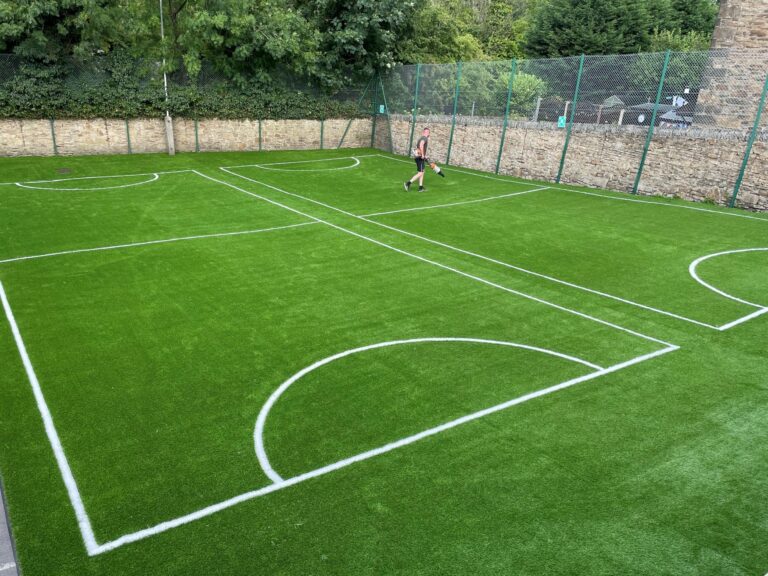Climate change is one of those topics that has long been an invisible issue, but with daffodils flowering in December it’s becoming a more noticeable every year.
The RHS have announced that one of the gardens in contention at the RHS Hampton Court Flower Show will be based around rapidly changing weather patterns and the changing design and maintenance needs for UK gardens.
But it’s not all warm weather and spring flowers. The recent UK floods are down to the warm phase of the Southern El Nino oscillation, with the cycle of cold and warm water meeting and a mix of high and low pressure forming in the Pacific. But it’s reported that its effect has intensified in recent years due to the influence of climate change.
As we continue to burn fossil fuels the carbon emissions in the atmosphere continue to raise global temperatures. In some cases this means the early flowering of plants out of season. Whilst that doesn’t sound too bad it also means more chaotic weather patterns and the presence of more storms and cyclones.
If the weather is unpredictable then consumers will need a garden that can bounce back. This could be good news for landscaping and grounds maintenance as more people need to repair their gardens, with the potential for repeat business. Alternatively, the changing weather could deter people from investing as much money in their gardens in the first place.
Landscapers are as much dependent on the weather as their customers. If it is severe enough, whole postcodes can be effected and to a smaller, local landscaper this can effect many months worth of business whether that is by flood, wind, or otherwise.
Perhaps then there will be more of a focus on ‘all-weather’ landscapes, with emphasis on durability? This may be beneficial for the artificial grass industry and hard landscaping surfaces, as durability is one of the key attributes that attracts consumers. Artificial grass is not something that will be ruined after a lot of rain, can cope with winds and is a hardy alternative to soggy ground.
There are always new trends in landscaping, but some features always remain. Artificial grass itself is a new spin on an old classic. If the world continues to get warmer we may see some of these traditional features change, with landscaping inspired by warmer parts of the world. What then will a standard British garden look like?



